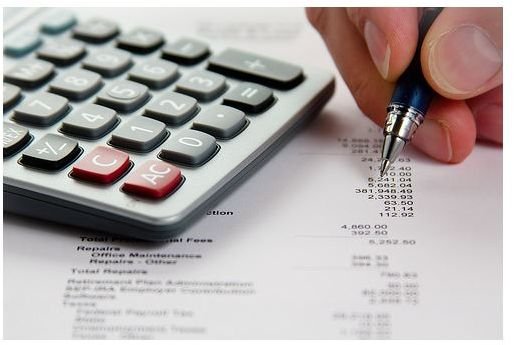What Is Gross Profit?
By and large, businesses exist to make a profit, and determining just how profitable a business is is key to understanding just how well that business is doing. Some popular measures of profitability include gross profit and net profit. More than any other fact, investors want to know how much money a company is keeping after it has settled it obligations to suppliers, employees, and the government. The figure that is left after all expenses are covered is net profit, but just as important to business managers and financial analysts is gross profit.
A Closer Look
Gross profits are sales minus all the costs that are directly incurred to make the product (cost of goods sold). These expenses include
the cost of raw materials, direct labor and manufacturing expenses. Gross profit is, in a sense, an inflated profit figure because certain other key expenses are not yet deducted. These figures include overhead, payroll, taxation and interest payments; all else being equal deducting these will reveal the net profit.
The gross profit figure reveals the profitability of a company after all the main expenses associated with actually making the product are deducted. So while factory overhead, taxation, and interest expenses are all a part of running the business, they aren’t directly a result of creating the product, therefore, excluding them when calculating gross profit reveals just the cost of creating the finished product and avoids including the other incidental costs such as interest payments on loans.
In essence, gross profit is a measure of production efficiency. Calculating the gross profit forms a base for calculating gross margin and the gross profit ratio. These figures reveal what percentage of revenue is retained after the direct costs are covered. This is an important figure that managers and analysts use to determine how efficiently the core operation of a business is running. For example, if total sales are $10,000 and cost of goods sold is $5,000 then the gross profit margin would be 50% (5,000/10,000)*100; which is not a bad figure.
Calculation
Gross profits are reported in the “Income and Expense Statement” in financial reports. The formula for calculating gross profits is:
- Gross Profit = Net sales – Cost of goods sold
Net sales on the other hand is calculate as follows:
- Net sales = Gross sales – Sales of returns and allowances.
Cost of goods sold is simply the sum of all the direct input expenses of creating the product or service, and as we stated before this would include direct labor, raw material costs, etc.
Conclusion
While gross profit does not represent the final profitability figure after all expenses are covered, it does give a indication as to the overall efficiency of a business, especially when this figure is calculated as a percentage of sales (the gross profit margin). In essence gross profit is calculated by deducting all direct expenses from revenue.
References
Hermanson, Edwards and Maher “Accounitng Principles; 8th Edition,“Freeload Press, Inc :P 231
Image Credit:
“Gross Profit” https://www.flickr.com/photos/davedugdale/5099605109/sizes/m/in/photostream/
